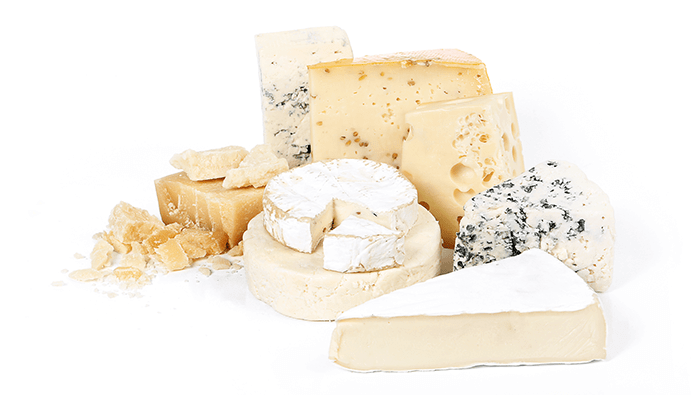
BLOG
KATEGORİDEKİ DİĞER YAZILAR

Nitrofurans are chemical compounds with broad-spectrum antimicrobial properties and have been widely used in veterinary medicine in the past to treat bacterial infections. However, their use is banned in many countries, especially in food products, because residues of these substances pose serious risks to human health. Nitrofuran residues, if detected in animal food, raise both legal issues and food safety concerns. Nitrofurans were previously used to accelerate growth and prevent bacterial infection, especially in feed.
Variants such as furazolidone, nitrofurazone, nitrofurantoin and furaltadone are widely known. However, studies have shown that long-term use of these substances can cause carcinogenic and mutagenic effects. It is widely used in veterinary and medical fields due to its broad antimicrobial effects.
Nitrofurans are rapidly metabolized. Nitrofurans are found as protein-bound metabolites in animal tissues. Nitrofurans are banned for use in feed and food due to their carcinogenic nature.
Toxicological studies on nitrofurans have revealed their carcinogenic and genotoxic effects. Therefore, entering the human body through food poses a risk. It is one of the important test parameters performed in accredited laboratories, especially in animal-derived foods such as dairy and meat products.
Nitrofuran analysis is critical for food safety. Thanks to these analyzes:
Strict controls against nitrofuran residues are carried out, especially in animal products:
Nanolab Laboratories Group continues to provide services within the scope of Nitrofuran Analysis in Foods . We also provide services on Aflatoxin Determination in Cheese.
Contact us for more information.
You can follow us on LinkedIn for up-to-date news and posts about our services.
Follow our Instagram account to be informed about our latest blog posts.